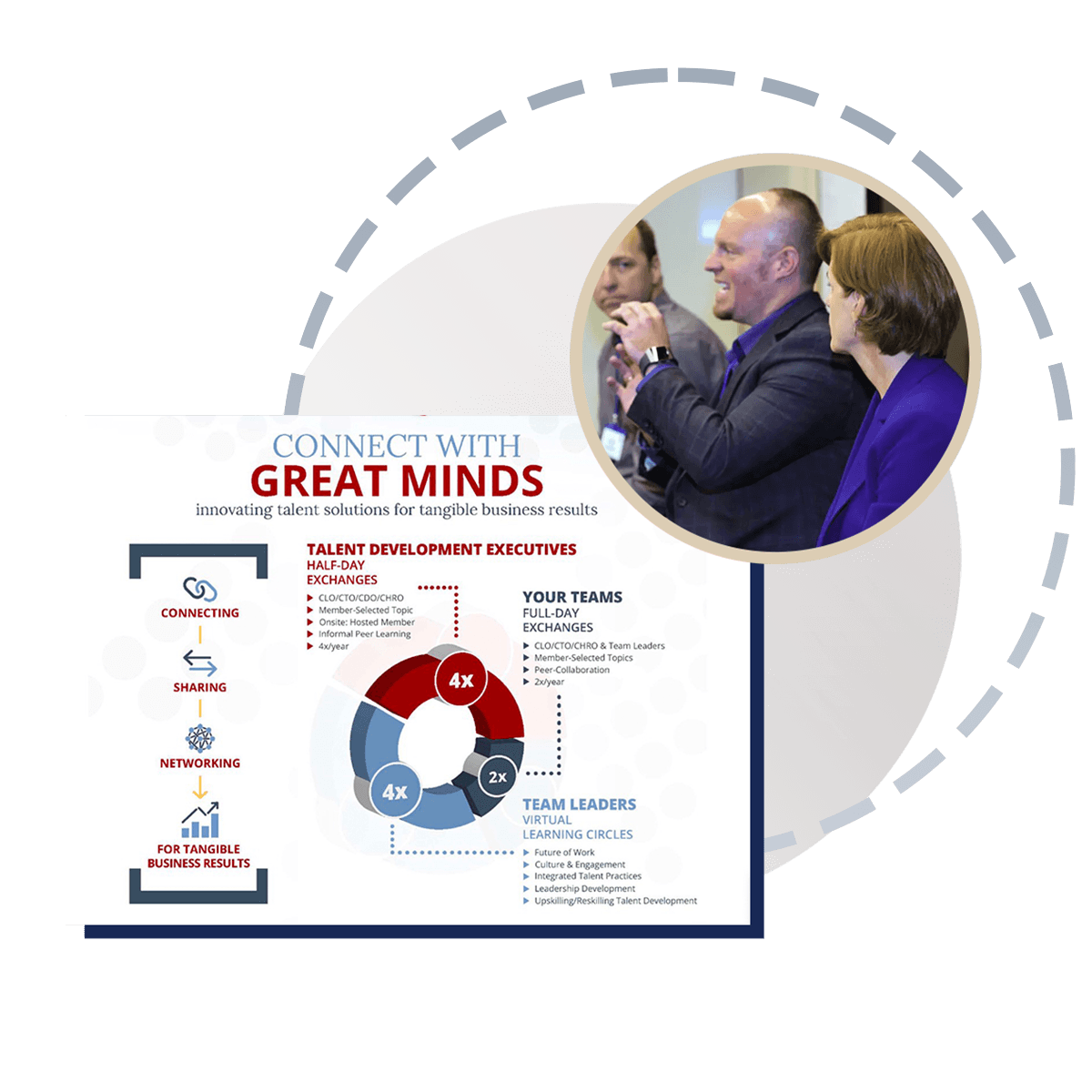This highlight video is from July 10, 2025 session Talent Data = Business Strategy: Speaking the Language of the C-Suite
This session provided a wake-up call for talent development leaders: to influence the C-suite, it’s not enough to show data — you must show why it matters.
We explored how L&D leaders can transform talent insights into true business intelligence by focusing on one essential principle:
“Define the decision you’re supporting, then show the data that reduces uncertainty so leaders can act.” -- Colin Hahn, FranklinCovey
Here’s the real challenge — it’s not the communicating that’s hard; it’s knowing what to gather, why it matters, and how it ties to business outcomes.
Instead of reporting training hours, flip the script:
✅ What risk are we reducing?
✅ What opportunity are we unlocking?
✅ How does this help the business win?
Five takeaways to spark your next conversation with executives:
🔹 Frame talent metrics as business outcomes — revenue, risk, cost, speed.
🔹 Use external frameworks (like ISO 30414) to raise internal credibility.
🔹 Lead with results, not activities.
🔹 Combine business alignment, data, story, emotion, and WIIFM to engage.
🔹 Surface talent risks as business risks leaders can’t afford to ignore.
Practical next moves for talent leaders:
✨ Audit your reporting: are you showing impact or activity?
✨ Build a one-page human capital statement that speaks their language.
✨ Find your executive champions.
✨ Map the skills that future-proof your business.
✨ Socialize early — shape the narrative before the big meeting.
Here’s the unlock:
When talent leaders shift from reporting to advising — from showing numbers to reducing uncertainty — they become indispensable partners at the table.
